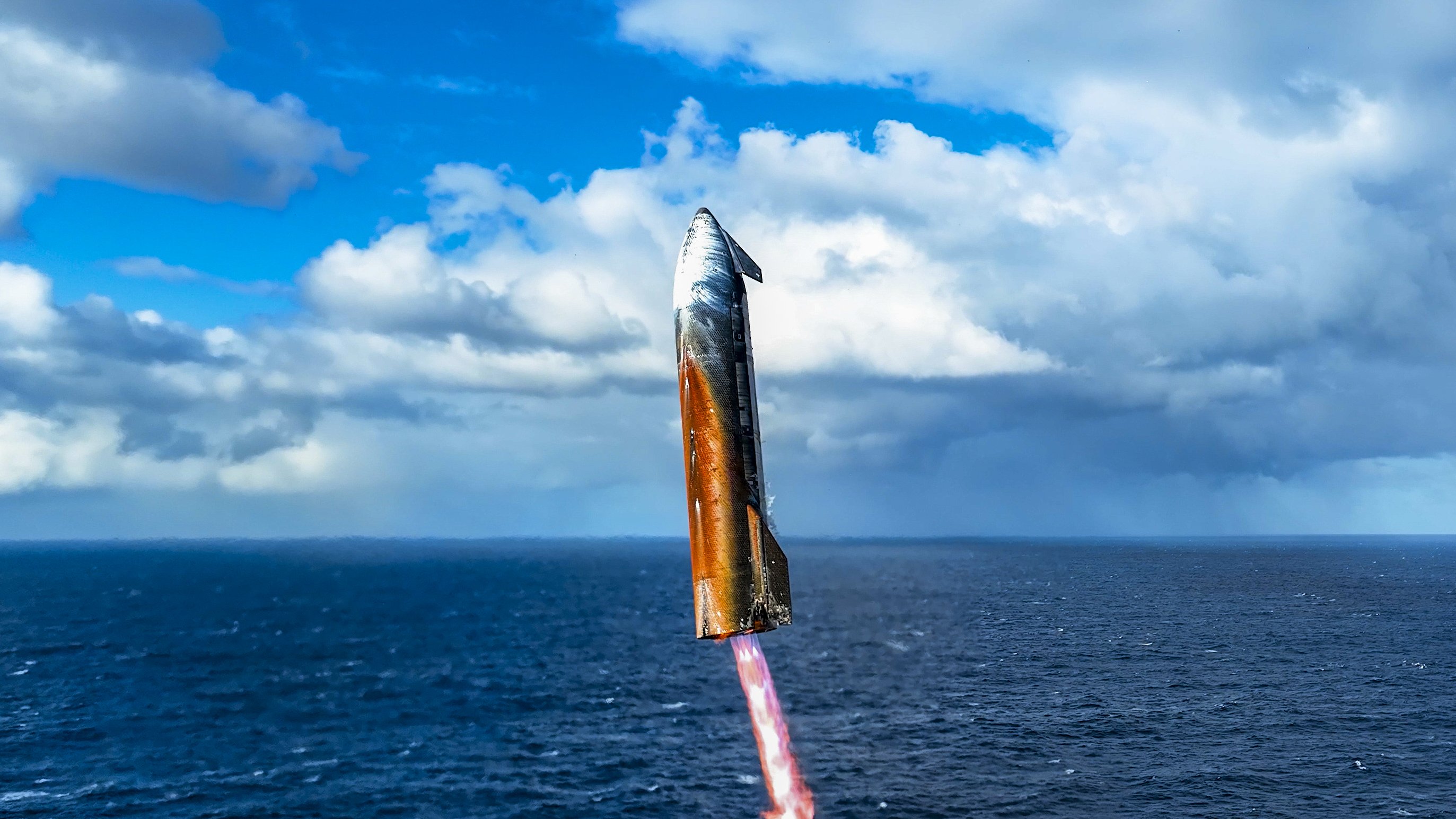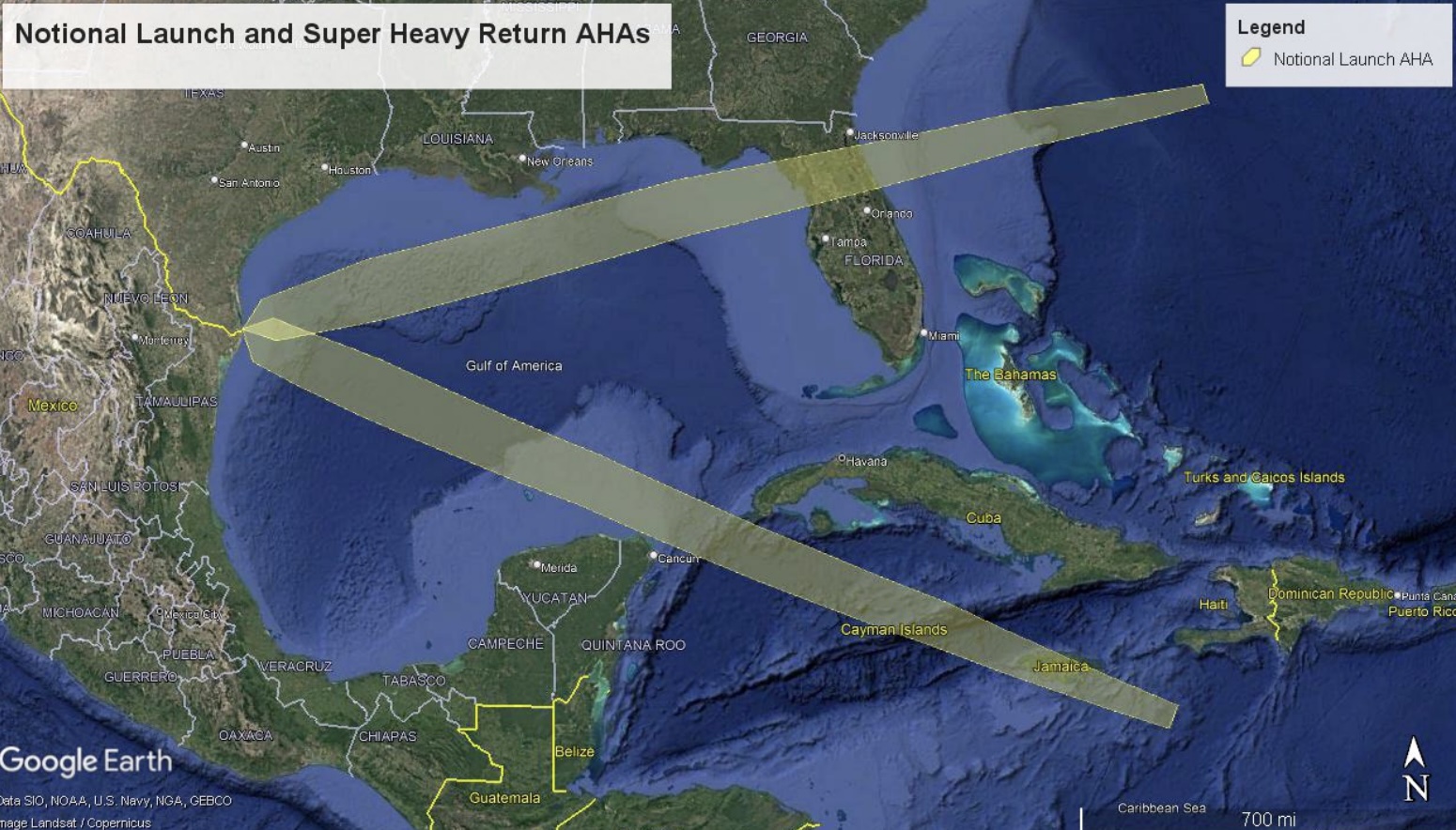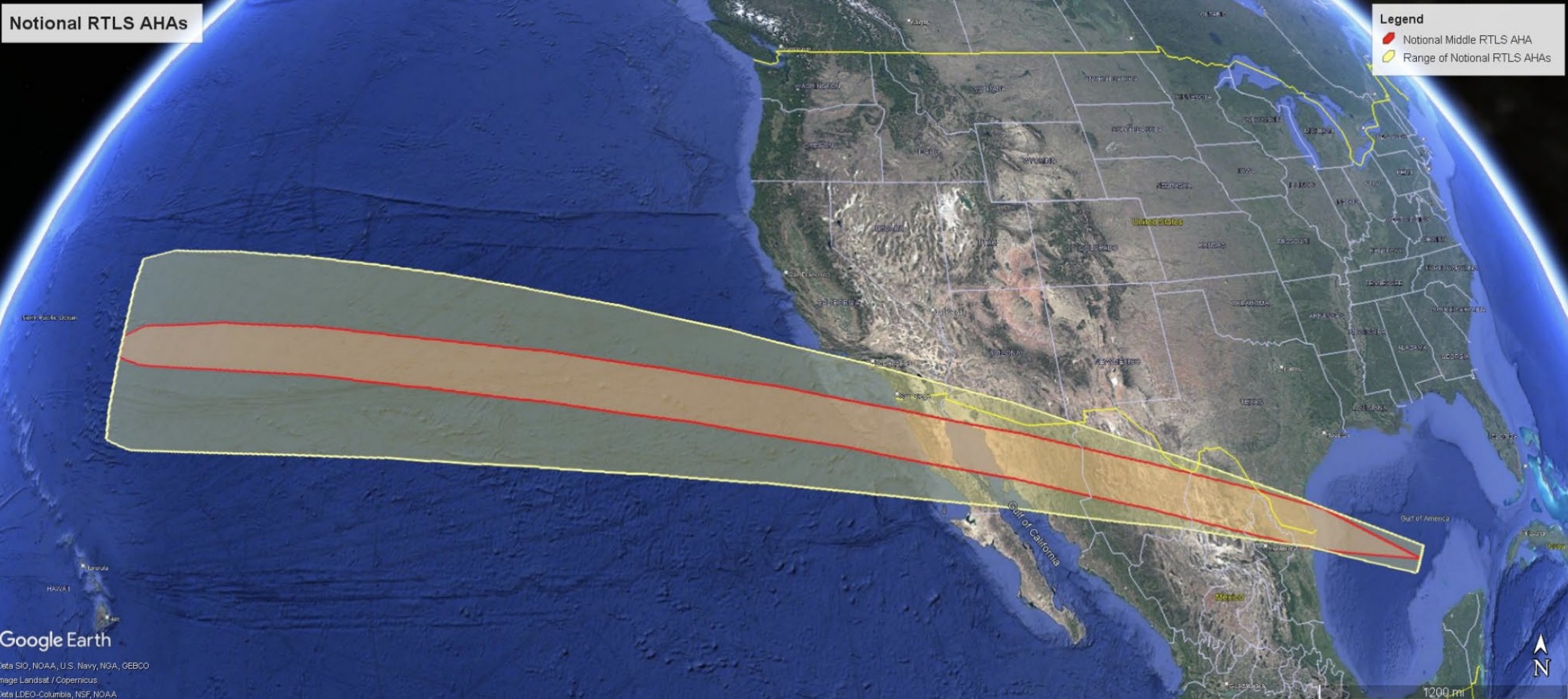SpaceX Reveals New Starship Flight Paths Over Florida and Mexico for Landmark Texas Landing Attempts
SpaceX is preparing for the most ambitious phase of its Starship program yet: launching the giant rocket into orbit and returning it for a pinpoint landing and « catch » at its Starbase facility in South Texas. To achieve this, the company has proposed new launch and reentry flight paths that will see the vehicle soar over parts of Florida, the Caribbean, and Mexico, according to new documents released by the Federal Aviation Administration (FAA).
This next chapter in Starship’s development is a critical step toward realizing Elon Musk’s vision of a fully reusable rocket capable of missions to the Moon and Mars.
The Ultimate Goal: Catching a Rocket in Texas

While SpaceX has successfully launched and landed Starship’s Super Heavy booster, it has not yet recovered a Starship upper stage from an orbital-class flight. The ultimate goal is to have the 171-foot-tall vehicle fly back from orbit, perform a vertical descent over Starbase, and be caught in midair by the giant arms on its launch tower.
Mastering this maneuver is essential for the rapid reusability required for SpaceX’s long-term ambitions, including building a base on the Moon for NASA and eventually sending humans to Mars.
The Reentry Path: Dodging Major Cities

To land at Starbase from an orbital trajectory, the Starship must approach from the west, meaning it has to fly over land. The FAA documents reveal a « notional » reentry flight path designed to minimize risk to populated areas.
The proposed trajectory shows Starship:
- Beginning its reentry over the Pacific Ocean.
- Crossing over Mexico’s Baja California peninsula.
- Soaring over the interior of northern Mexico, passing near cities like Hermosillo and Chihuahua.
- Flying over the Rio Grande Valley in South Texas before beginning its final descent and landing burn at Starbase.
Crucially, the flight path is designed to avoid direct overflight of major metropolitan areas, including San Diego, Phoenix, El Paso, and the 5.3 million-resident area of Monterrey, Mexico.
New Launch Trajectories Over Florida and the Caribbean

Setting up this precise reentry requires launching Starship into a specific orbit. The FAA is evaluating two new potential launch trajectories from South Texas:
- A southeasterly path that threads between Mexico’s Yucatan Peninsula and Cuba, then flies directly over Jamaica into orbit.
- A northeasterly path that crosses over North Florida, flying between the major cities of Jacksonville and Orlando before heading out over the Atlantic.
FAA Safety Review and Impact on Air Travel
Before these new flights can happen, they must be approved by the FAA, which is conducting a thorough review of public safety and environmental impacts. The primary danger is the potential for a vehicle failure during flight, which could cause surviving debris to fall over land. The FAA’s strict rules require that any mission poses no greater than a 1 in 10,000 chance of harming a member of the public.
These new trajectories will also have a significant impact on commercial air travel. The FAA’s assessment concluded that the proposed launch and reentry paths would require temporary airspace closures that could delay or reroute between 200 to 400 commercial flights for each Starship mission.
While SpaceX eventually plans to move many Starship operations to Florida’s Space Coast, where it can launch over the open Atlantic, these new Texas flight plans are a necessary and monumental step in proving the vehicle can be fully and rapidly reusable.



